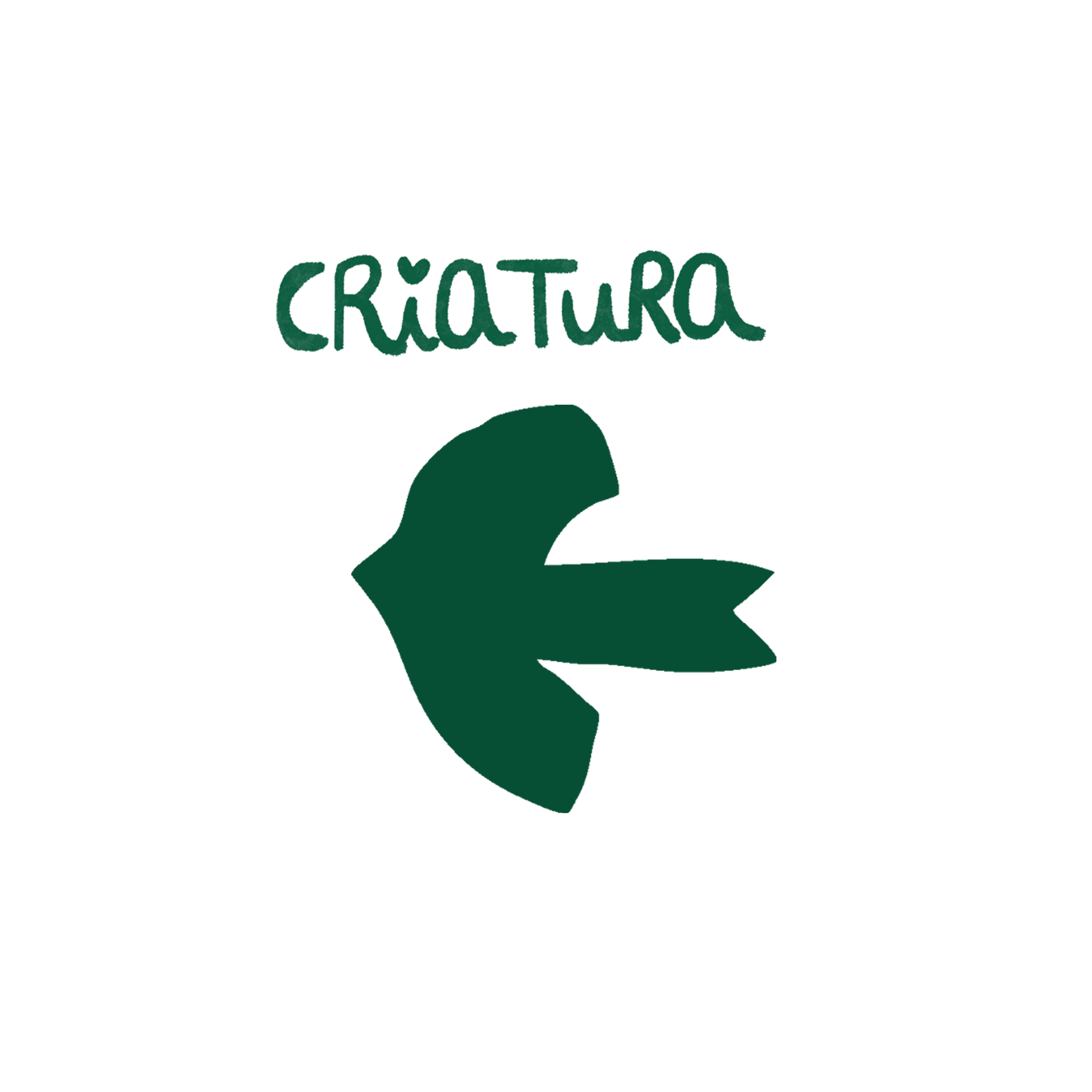Roses are among the oldest cultivated flowers, they are a shrub or vine of the Rosaceae family, to which native Portuguese species such as hawthorn (Crataegus monogyna), wild cherry (Prunus avium), walnut tree (Prunus lusitanica) belong, blackthorn (Prunus spinosa), wild apple (Malus sylvestris).
It is estimated that there are currently around 150 species, of the most varied sizes, colors and shapes, all with edible petals.
History
Admired for their beauty, perfume and medicinal qualities and associated with nobility and symbol of power, the cultivation of roses passed from civilization to civilization.
It is estimated that roses were first cultivated in China, between 2737 and 2697 BC, becoming popular in 500 BC, for the extraction of their oil. There are traces of its cultivation in the ancient gardens of Persia (current Iran), ancient civilizations of Syria and Ancient Greece, Egypt and Ancient Rome.
Edible flowers
There are several edible flowers that we can include in our diet, whether to make a dish more colorful and sophisticated but also for the health benefits and nutritional variety they can offer, roses are one of them.
There are around 150 species of roses and they are all edible. The flavor of rose petals can range from sweet to bitter, depending on the variety.
The recommendation for choosing a tasty rose is to choose one with a pleasant aroma. Rose petals have a very aromatic, floral and slightly sweet flavor.
They can be eaten raw, mixed into salads or dehydrated and added to granola or infusions.
The leaves of rose hips have a bitter taste similar to the tea plant and can be used to prepare infusions (without caffeine) and the fruit can be used to prepare syrups, jellies and infusions.
Properties
In addition to the beauty of roses and their aroma, the rose bush is a plant in which all its parts, flowers, fruit and leaves have applications whether in the cosmetic industry, food, the pharmaceutical industry or even in engineering in the development of new materials.
Roses are rich in vitamins C, A, D and E and have several therapeutic properties already proven in scientific studies, which include the treatment of diabetes, dysmenorrhea, depression, stress, epilepsy and inflammation.
Curiosities
There is fossil evidence that roses have existed on Earth for more than 40 million years
The fruit of the rose hip has a higher vitamin C content than an orange. During the Second World War, with a shortage of fruit and vegetables, the English Ministry of Food decreed a national week for the harvest of this fruit at the end of September throughout the country. country, for the production of syrup, especially for children.
The structure of rose petals (petal and rosebud shape) has revealed a lot of potential in the development of biomimetic materials (applicable, for example, to graphene) and innovative electronics materials.
Fonte:
Boskabady, M., et al, “ Pharmacological Effects of Rosa Damascena”, Iran J Basic Med Sci. 2011 Jul-Aug; 14(4): 295–307, disponível em https://www.ncbi.nlm.nih.gov/pmc/articles/PMC3586833/
Wang, H, “Beneficial medicinal effects and material applications of rose”, Journal Helion, Volume 10, Issue 1, 15 January 2024, disponível em https://www.sciencedirect.com/science/article/pii/S2405844023107389
Woodland Trust UK, “Raw Rosehip Syrup: How To Make And Use”, disponível em https://www.woodlandtrust.org.uk/blog/2019/07/raw-rosehip-syrup/

